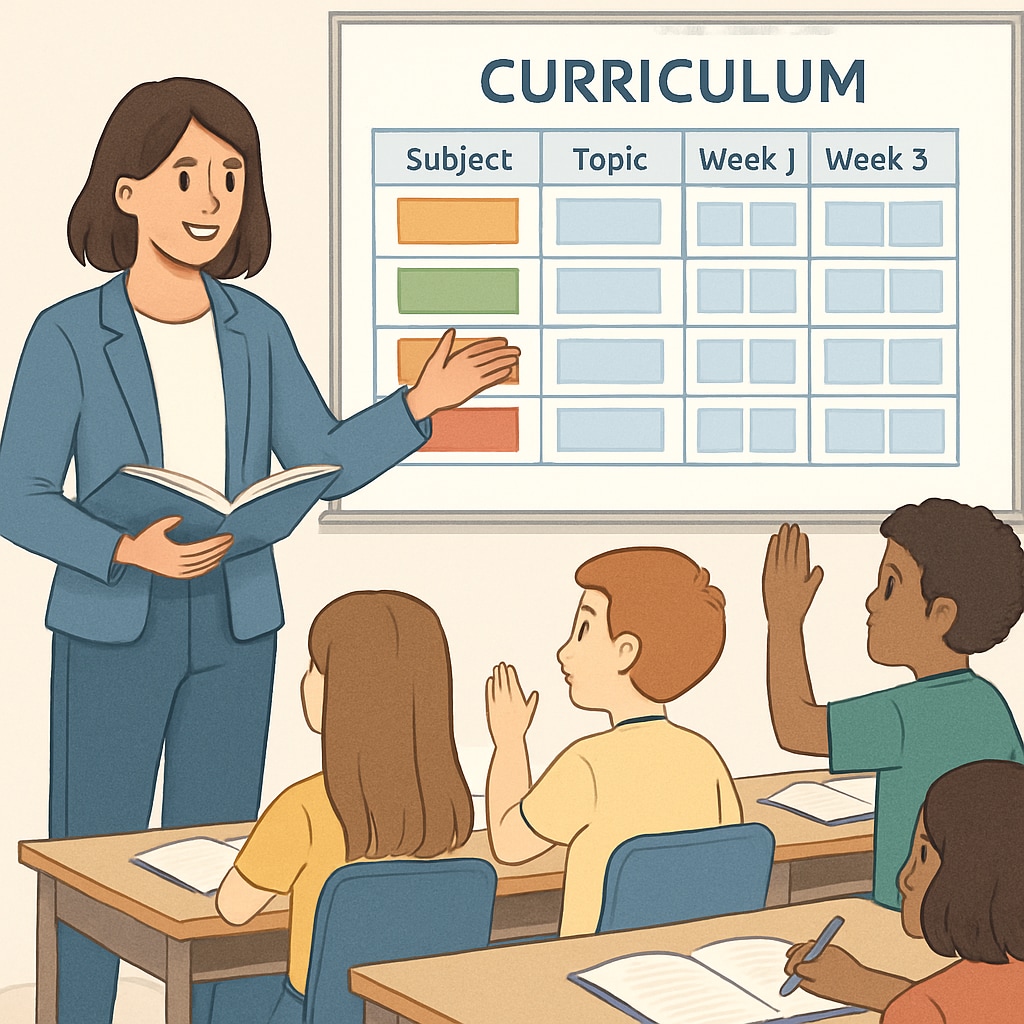In today’s K12 education landscape, parents and educators often grapple with the challenge of choosing between structured learning and self-learning methods. Structured learning emphasizes a predefined curriculum and guided instruction, while self-learning promotes independence and curiosity-based exploration. Striking the right balance between these two approaches can empower children to become lifelong learners with both solid academic foundations and creative problem-solving skills.
What Is Structured Learning?
Structured learning refers to an educational approach where lessons, activities, and objectives are organized in a systematic manner. It usually involves a teacher or instructor who guides students through a predefined curriculum. This method ensures consistency and focuses on building foundational knowledge in key subjects such as math, science, and language arts.
- Advantages: Structured learning provides clear goals, assessments, and benchmarks, making it easier to track progress. It’s especially effective for teaching complex subjects that require step-by-step instruction.
- Challenges: While structured learning offers stability, it may limit creativity and fail to cater to individual learning styles.

What Is Self-Learning?
Self-learning, on the other hand, encourages students to take charge of their education by exploring topics that interest them. This approach promotes creativity, critical thinking, and adaptability, which are essential in today’s rapidly changing world.
- Advantages: Self-learning fosters independence and curiosity. Children learn at their own pace, which can boost motivation and deepen understanding.
- Challenges: Without proper guidance, self-learning can lead to gaps in foundational knowledge or lack of focus on essential academic subjects.

How to Choose the Right Path?
Choosing between structured learning and self-learning is not always straightforward. The decision depends on the child’s personality, interests, and educational goals. Here are some practical steps to help:
- Assess Learning Needs: Identify whether your child thrives in a structured environment or prefers independent exploration.
- Blend Approaches: Combine structured learning for core subjects and self-learning for creative projects or hobbies.
- Monitor Progress: Regularly evaluate your child’s academic and personal development to ensure a balanced approach.
For example, younger children may benefit more from structured learning to build foundational skills, while older students may excel with a mix of both methods as they develop independence.
Striking a Balance for Lifelong Learning
Ultimately, the goal is to create lifelong learners who can navigate both academic and real-world challenges. Structured learning provides discipline and foundational knowledge, while self-learning nurtures creativity and adaptability. Combining the strengths of both approaches can help children become well-rounded individuals capable of critical thinking and innovation.
For further reading, explore Education on Wikipedia or Education on Britannica for comprehensive insights into learning strategies.
Readability guidance: Use short paragraphs and lists to summarize key points. Ensure a balance between structured and exploratory content. Distribute transition words evenly to improve flow.


